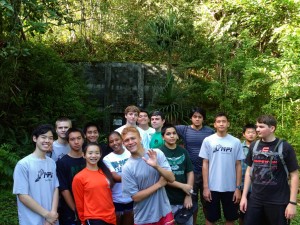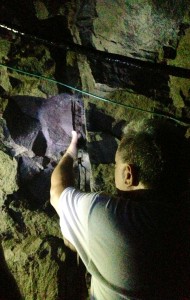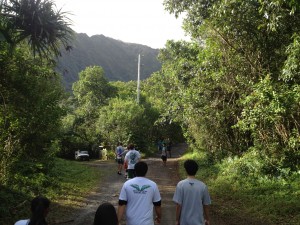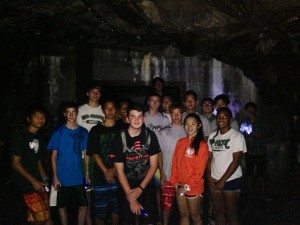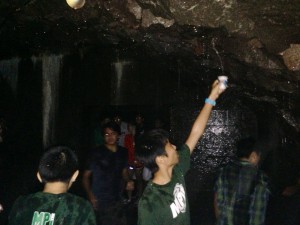Wonderful world of water at Waihee Tunnel
On Friday, January 11 our MPX 10th grade students and teachers visited the Waihe’e Tunnel in Kahalu’u. As a precursor, we have spent the year investigating topics in sustainability; both with a worldview, but more particularly with a focus on our islands and our areas were we can make impact like on our campus Mid-Pacific Institute.
Our inquiry on this matter is focused around questions like:
How are resources distributed around the world and in the islands?
What kind of footprint do I leave in both using resources and disposing of waste?
What are some ways that I can become an advocate to reduce our use of resources?
What are ways that we use water in our lives and how can we measure and reduce this impact?
During the first semester, students were engaged in creating a water audit of our campus to better understand how we use water, in ways that they might be able to help in understanding what we use, and ways we might save.
This trip allowed us to see where the water comes from, and provides a unique opportunity in a isolated watershed to see how water makes its way from the aquifer to places like our campus and our homes. The tour itself starts by having students hike in over a mile (see photos)
Our tour guide, Board of Water supply expert Arthur Aiu, spent almost 2 hours explaining where the water comes from, how we capture it, and why preserving this precious resource is critical for our sustainability on these islands.
Students will now be able to use this information as they consider ways in which they are behaviors and advocacy can make a difference for their future.

